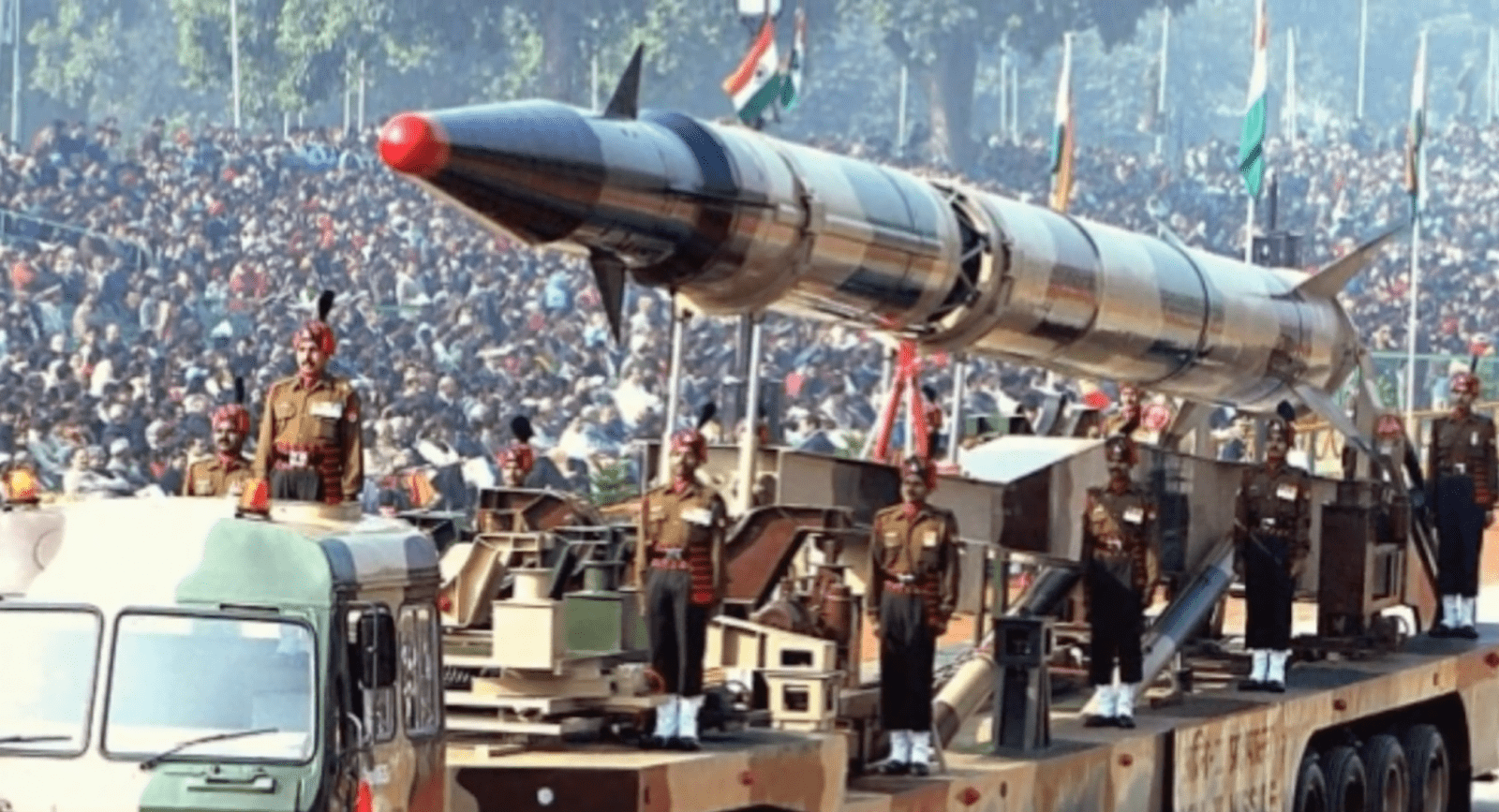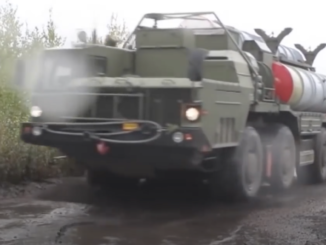 Every time there are elections in India, a favourable theme is Pakistan-bashing. Over time, this tendency has grown. In the now concluded elections, the gratuitous attacks on Pakistan were at an all-time high. This time there were also allusions to nuclear weapons use. The danger is that election ploys may inadvertently lead to an irreversible escalation of tensions. After the Pulwama attack in India by a Kashmiri boy, Adil Dar, killing about forty Indian Central Reserve Police Force CRPF personnel, India quickly tried to shift the blame on Pakistan for the attack. The tactic was actually meant to divert attention from the Indian domestic political landscape, where there were impending elections, and a Prime Minister with a history of using violence and divisiveness exploited it as a winning strategy.
Every time there are elections in India, a favourable theme is Pakistan-bashing. Over time, this tendency has grown. In the now concluded elections, the gratuitous attacks on Pakistan were at an all-time high. This time there were also allusions to nuclear weapons use. The danger is that election ploys may inadvertently lead to an irreversible escalation of tensions. After the Pulwama attack in India by a Kashmiri boy, Adil Dar, killing about forty Indian Central Reserve Police Force CRPF personnel, India quickly tried to shift the blame on Pakistan for the attack. The tactic was actually meant to divert attention from the Indian domestic political landscape, where there were impending elections, and a Prime Minister with a history of using violence and divisiveness exploited it as a winning strategy.
Anti-Pakistan rhetoric has been central to election-campaigns in India, but the Modi administration took it to a new level. It was also a manifestation of the rising right-wing politics in India where BJP’s affiliation with extremist factions of Rashtriya Swayamsevak Sangh (RSS), which works to create a mono-cultural Hindu identity, is bringing back Hindu identity as a central theme in the Indian politics. The ideology of Hindutva guides Modi’s India and has been a major factor in undermining efforts at peace-making with Pakistan, where whipping up nationalistic sentiments scotch any chances of peace. Modi has been spreading a false sense of nationalism amongst the domestic audience through his campaigns, focusing on the war hysteria created by Indian media. This time over the strategy also served as a ploy to divert attention from failures in the deliverance of the promises made by Modi. The recent polls showed that BJP had lost its popularity amid unemployment and raising racial discrimination putting a big question mark on Modi’s performance in the last five years.
The election results testify to the fact that Modi succeeded in achieving his short-term political goals by ratcheting up anti-Pakistan rhetoric, but this portends negatively in the long term for regional stability. He has used hate speech at election rallies to manipulate the voters and went on to the extent of even urging the voters at a rally in Maharashtra, to dedicate their votes to the “Pulwama martyrs” and the soldiers who carried out the Balakot strike.
Soon after the Pulwama attack, while speaking at an election rally, Indian PM Modi vowed revenge and declared that he had given a ‘free hand’ to his military to strike at the time and place of its own choosing. Later in a purported attack inside Pakistan’s territory in Balakot, the strike formation used by India included Mirage 2000 jets, dual-use platforms; capable of carrying both conventional and nuclear warheads. There have always been fears that the use of dual-use platforms could lead to heightened chances of inadvertent escalation. Pakistan’s leadership, irrespective of the highly charged environment responded with great maturity, statesmanship and restraint, at the same time making clear that Pakistan would not let the attack go unresponded. When it did respond, the PAF dropped precision-guided munitions at four places in Indian controlled Kashmir, including on a compound within the Indian Army brigade HQ without targeting the personnel, signalling both restraint and the capability. In the ensuing battle, India lost two of its fighter jets. Pakistan’s carefully calibrated response strategy served well in dampening the fears in policy analysis that portray that any attack inside Pakistan’s territory would invoke Pakistan’s nuclear threshold. Pakistan, through its response, demonstrated that it has valid conventional means of deterrence to raise the cost for aggression within its territory.
In the crisis that lasted for almost over twenty days, nuclear signalling was done and war-hysteria whipped up by the Indian side. PM Modi’s bellicose statements later manifested how he was escalating the crisis to a nuclear level irresponsibly while playing to his domestic vote bank. In an election rally in Rajasthan’s Barmer on April 21st, PM Modi threatened Pakistan with nuclear weapons stating that India had stopped getting scared of Pakistan’s threats, a bizarre reference to Pakistan’s nuclear deterrence. He went on to tout that, “we have a nuclear button…Have we kept it for Diwali”? Such brandishing of nuclear weapons use and juxtaposing them to firecrackers is the most irresponsible reflection of understanding nuclear deterrence that is meant to avoid conflicts rather than fight one. This hasn’t been the only instance where Modi demonstrated his tendency for bellicosity and irresponsible nuclear signalling. At the election rally in Surendranagar in Gujrat, Modi while alluding to retaliation against Pakistan went on to invoke the nuclear threat claiming that “we have the mother of nuclear bombs”.
It may be recalled that India’s bellicosity and belligerence led to the nuclearization of the South Asian region. After the May 11th 1998 nuclear tests, in the first place, Indian BJP leadership at the time started making hostile statements against Pakistan. L. K. Advani, India’s Home Minister, called on Pakistan to “roll-back its anti-India policy” and especially its alleged support of the insurgency in Kashmir and threatened that India could otherwise resort to hot pursuit military raids into Pakistan-administered Kashmir. The then Minister for Parliamentary Affairs Madan Lal Khurana blatantly threatened that “if Pakistan wanted to fight another war with us, they should tell us the place and time, as we are ready for that.” When finally Pakistan tested its nuclear weapons, Prime Minister Nawaz Sharif in his address clearly stated that “…had [India] not adopted an aggressive policy towards Pakistan, we would not have detonated the nuclear device.”
Fast forward to the present, this theme of threatening the use of nuclear weapons against Pakistan remained consistent all through the Pulwama crisis. India left no stones unturned in giving the crisis a nuclear connotation. Contrary to popular wisdom that in a military crisis it would be Pakistan that would asymmetrically escalate the conflict India gave the conflict a nuclear connotation by asymmetrically escalating across the air and naval domain. Soon after the first round of air battle between India and Pakistan that led to the shooting down of Indian aircraft by Pakistan Air Force, India contemplated missile strikes against Pakistan’s key military targets using its ballistic/cruise missiles. Modi later admitted contemplating military action in an election rally where he boasted on ‘the night of massacre’, had Pakistan not returned the Indian pilot. If India had undertaken such a strike, it could possibly have been considered a preemptive counterforce strike by Pakistan. The capabilities being developed by India and shifting doctrinal sands allude to an enhanced interest in undertaking such a preemptive strike in the future.
India’s attempts for escalation of the conflict were not limited to just vertical escalation. In the naval domain, Indian Navy moved to the operational deployment of its major combat units including the Carrier Battle Group with INS Vikramaditya, nuclear submarine and scores of other platforms. During the same time, Pakistan Navy detected and forced to surface an Indian attack submarine. Pakistan Navy didn’t target the submarine despite simmering tensions and military readiness.
India’s attitude during Pulwama crisis with deployment of nuclear platforms across the air and naval domains as well as the use of dual-use platforms for military missions portends negatively for the readiness postures during future crises in South Asia and might even lead to an early occurrence of an escalatory spiral that may take a dynamic of its own.
India’s reckless attitude in the crisis and using the nuclear card to escalate the crisis is a dangerous trend. In a future crisis, with leaders like Modi in power, Pakistan should not rule out stage-managing of crisis by carrying out false flag operations, to achieve its goal of undermining Pakistan’s nuclear deterrence. With the US encouraging India to go down the dangerous path of asymmetric escalation and minimal chances of third-party mediation the new template for the crisis in South Asia is one in which Pakistan would have to employ its own conventional and nuclear deterrent means to counter Indian ambitions for war.
Ambassador (Retd) Ali Sarwar Naqvi is the Executive Director, Center for International Strategic Studies (CISS), Islamabad and Saima Aman Sial is a Senior Research Officer at the CISS.
![]()




India’s reckless attitude in the crisis and using the nuclear card to escalate the crisis is a dangerous trend. In a future crisis, with leaders like Modi in power, Pakistan should not rule out stage-managing of crisis by carrying out false flag operations, to achieve its goal of undermining Pakistan’s nuclear deterrence. These moves of India will bring the stability of entire region at the risk.